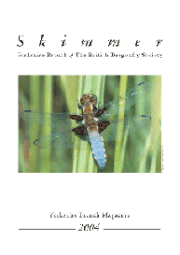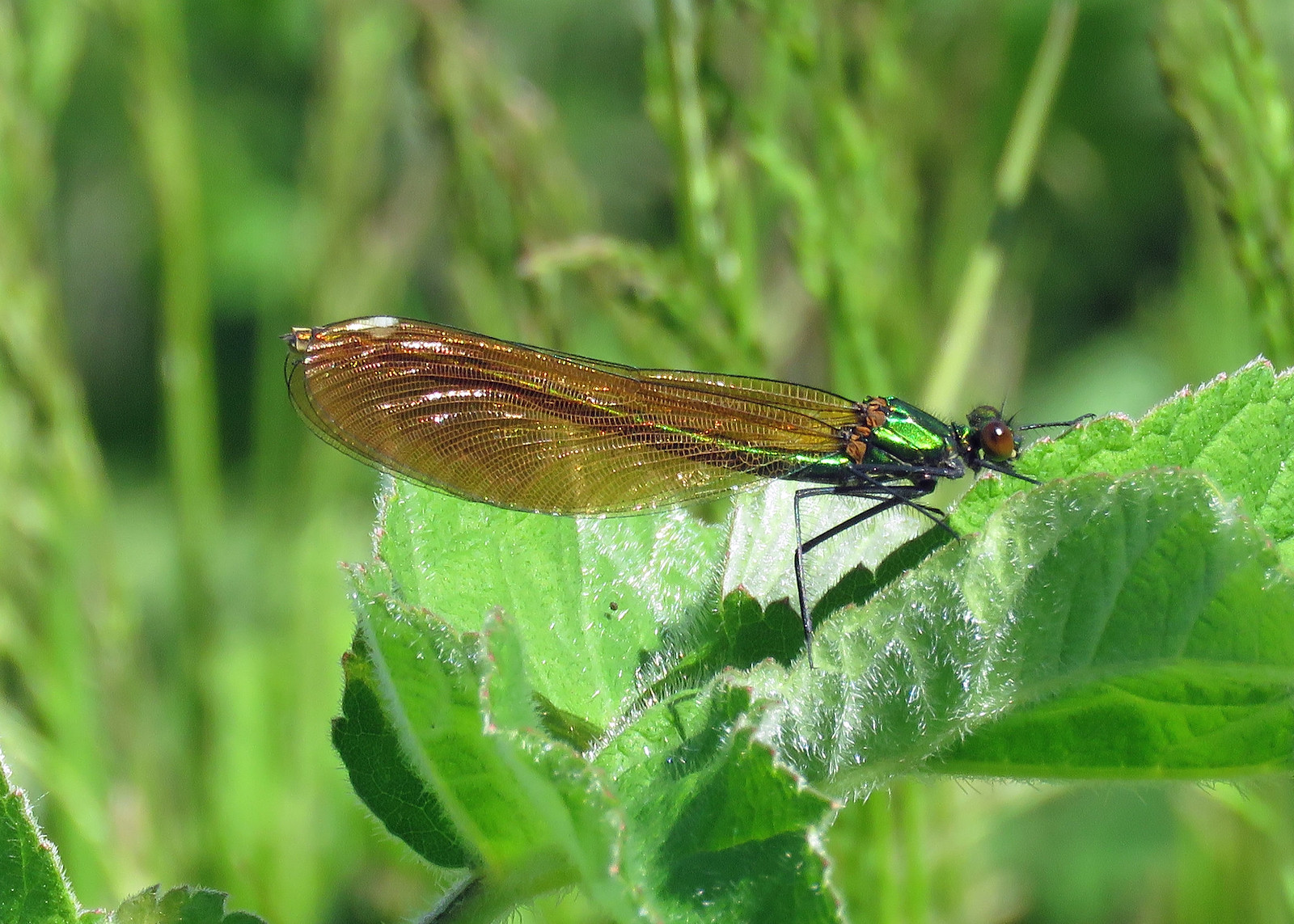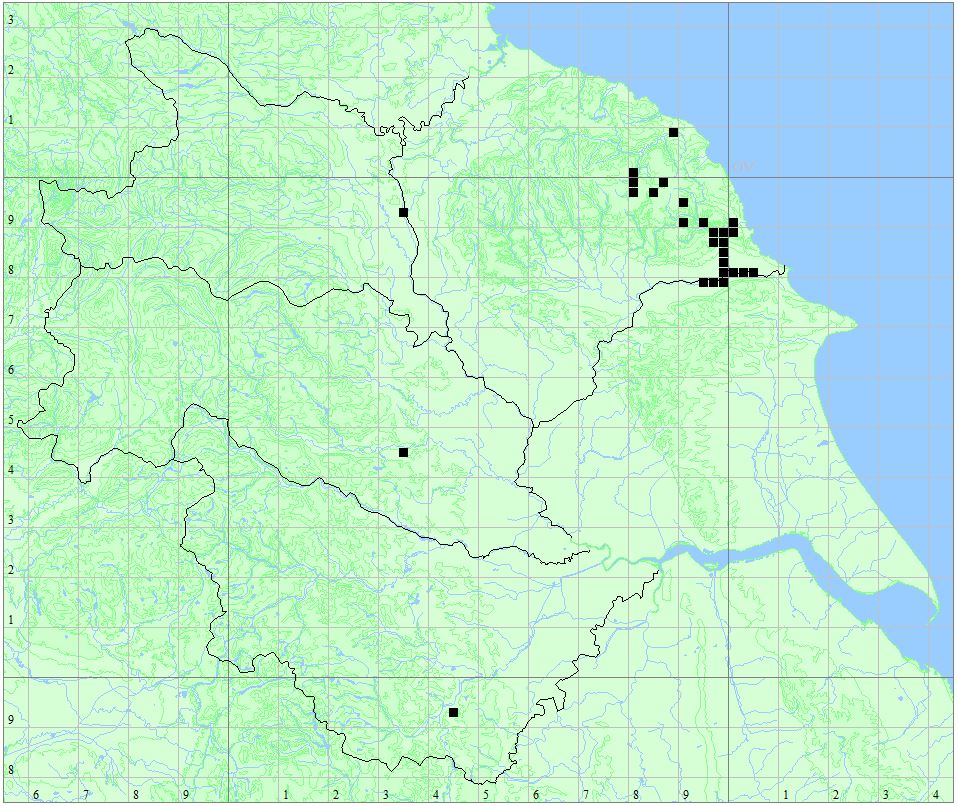 Editorial
Editorial- Lesser Emperor – Wintersett 9th August 2003
- Breeding of Emperor Dragonfly Anax imperator at Loversall Delph, Potteric Carr
- Letters, Questions and Answers
- Dragonfly life in a Moorland Pool
- Observations of Southern Hawker
- Don’tgive in when the sun doesn’t shine!
- Wildlife of Lower Hopton, Mirfield
- Dragonfly ~ a poem
- Strange Common Darter
- Bransholme Fishing Lake, Hull, East Yorkshire
- Filey Dams Nature Reserve
- First and Last dates for Odonata in Yorkshire 2003
- Species List
Skimmer magazine is only available to members and is password protected, so why not join the group now.


